Features of growing vegetable fennel from seeds
Fennel is a one-, two- and perennial plant, according to the generally accepted classification, part of the celery family. Growing it from fennel seeds will enable the gardener to appreciate all the positive properties of this plant.
The common name of the plant is pharmaceutical dill. In appearance, he really has similarities with this culture. However, fennel has a special aroma - anise.
Growing fennel is not easy, but the benefits are undeniable. Low yield, special attention to its care, often negative perception of the presence of this plant with tomatoes and carrots - all these difficulties.
General information about the plant
Vegetable fennel has an erect rounded stem of a naked appearance, which has a characteristic bluish bloom. Leaves are multiply pinnate, flowers are usually collected in umbrellas. The fleshy roots and aerial parts of the plant are edible.
Regions such as the North Caucasus, Crimea and other warm regions are most suitable for survival in winter conditions of common fennel. Wild fennel is found in the following geographical areas and parts of the world:
- Europe;
- Western Asia;
- North Africa;
- Japan;
- Middle Asia;
- Crimea;
- Caucasus.
Many countries grow vegetable fennel industrially and on a scale. A list of just a few of these states:
- Germany;
- Romania;
- France;
- Hungary;
- Czech Republic;
- Netherlands;
- Spain;
- SOUTH AFRICA;
- Italy;
- India;
- USA;
- Japan;
- Ukraine;
- Russia.
Preparing for landing
The unpretentiousness of fennel seeds (growing on dry rocky slopes, near roads and railways, housing) does not negate the careful selection of a site for planting it and further care for it. The most suitable soil types for ordinary fennel will be fertile chernozems and loams of a calcareous-clay composition, as well as soils with an alkaline reaction.
Advice
Fennel seeds cannot be grown with the expectation of their perpetuity. Such a choice can lead to the appearance of diseases and pests. In this case, the ideal precursors of fennel will be winter crops, as well as row crops grown with fertilizers.
When a patch of soil is selected for planting, it requires enrichment. For each square meter of surface, a bucket of compost and manure humus (or peat) is applied.
An additional measure of fertilization of the site is the introduction of two liters of sawdust per square meter. In this case, the sawdust is enriched with urea (a tablespoon per bucket) and wood ash (a glass for a bucket of sawdust).
Planting fennel
The seed method of planting and growing is used most often. However, sometimes a method is used in which an adult plant is divided.
One of the most important steps in planting fennel is choosing the right seeds. In specialized stores, you can find the following types of plants:
- Italian fennel (vegetable) - more suitable for the growth of juicy rhizomes;
- ordinary fennel, better known as pharmaceutical dill. This species is best suited for breeding greens and seeds.
The land on the site selected for planting fennel is pre-dug up and leveled with a rake. Then you can plant the crop.
Seeds are sown, as a rule, in the middle of spring - after April 20, when the soil begins to warm up. Before the onset of the real spring-summer heat (approximately until May twentieth), the planting must be covered with a film, providing proper care.
The optimal planting depth of seeds for growing is two centimeters, the ideal distance between its rows would be a range of 20-25 centimeters. Thinning, carried out no earlier than five and no later than ten days after the germination of the plant, will lead to the fact that the distance between the rows will be at least 20 centimeters.
The presence of a denser planting of a plant can develop premature stemming and flowering processes. This will subsequently lead to insufficient development of heads of cabbage - thickened petioles located near the base of a part of the plant, called a basal rosette.
Plant care, its application
The first thinning of fennel plantings in the open field must be completed by enriching the soil with a special infusion. This fertilizer is made from cow dung diluted with water in a ratio of one to three.
Watering the plantings is carried out with a solution of a lower concentration, made in relation to the working solution as 1/10. Such feeding must be done at least twice a season.
Hilling of seedlings of plants is carried out two to three times during the summer season, the height of the impact will reach three to seven centimeters. The importance of this procedure can hardly be overestimated, it allows you to achieve fleshy and bleached heads.
Advice
Before hilling, you can protect each plant with a special ring cut from a regular plastic bottle with a capacity of two liters. This protection, buried in the ground, avoids soil contamination of the plant.
Growing fennel outdoors and properly curing it requires special attention to soil moisture. In this case, watering the seeds of the plant should occur at least once every five to six days. In this case, the water consumption will reach ten to fifteen liters per square meter of plantings.
Growing fennel from seeds in a garden plot will lead to the production of valuable raw materials, because each part of this plant has a lot of useful properties. For example, the presence of a peculiar aroma and a sweetish, slightly pungent taste make fennel a good find in cooking.
The tubers of the plant are eaten stewed, fresh, baked, juice can be squeezed out of them. The green part is suitable as a component of soups, sauces, salads.
Fennel seeds, which have a licorice smell and a sweetish aniseed taste, are used as a seasoning, as well as a preparation of traditional medicine.
Even umbrellas (in marinades) and stems (as asparagus) of the plant are suitable for use. Fennel seeds and herb are good as flavorings added to alcohol, oil, vinegar. The confectionery industry uses the fruits and roots of this perennial plant.
Fennel in medicine
The cultivation of fennel makes it possible to use it for medicinal purposes - as an expectorant and disinfectant. The plant is also known for its ability to remove worms.
The broth can heal pain in the abdomen and throat, flatulence, insomnia, cough. The plant is useful for problems with the amount of breast milk in a nursing mother.
Vegetable fennel and its derivative - dill water - are useful for the following ailments:
- spastic state of the stomach and intestines;
- intestinal irritation;
- bronchitis;
- pneumonia;
- pain in the abdomen.
The fruits of the plant are endowed with excellent stimulating properties. Fennel-based medicines are used for symptoms:
- eye diseases;
- kidney disease;
- fungal diseases;
- toxic liver damage;
- colds, viral lesions of the body.
The essential oil from this plant has the ability to remove toxins and toxins from the body, cleanse it from abundant food and alcohol. This oil, which has a beneficial effect on the overall hormonal tone of the female body, can be used during menopause.
Growing fennel outdoors will introduce the gardener not only to the complexity of caring for this plant, but also to its many beneficial properties. The culture is equally suitable both in cooking and in medicine - folk and classical.
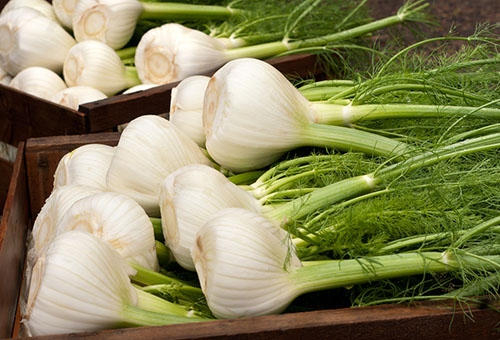
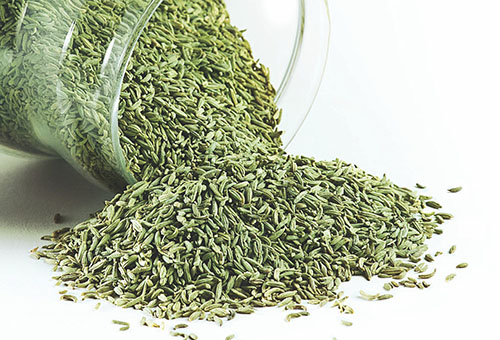
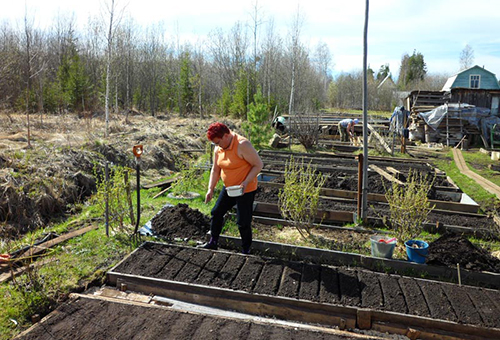
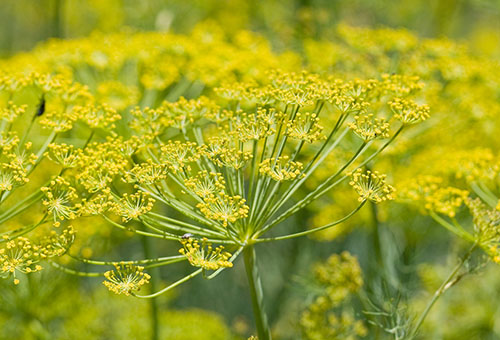
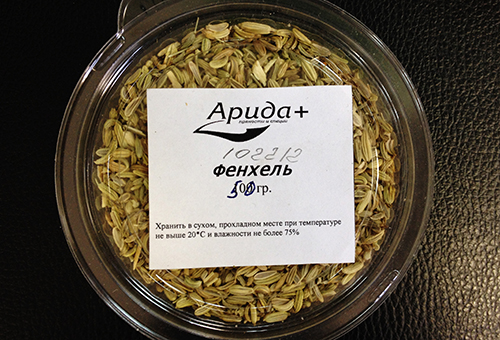
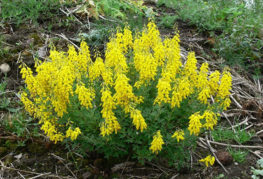
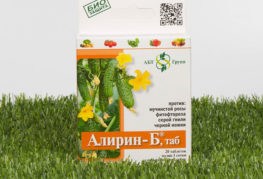
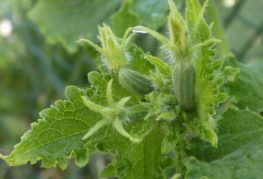
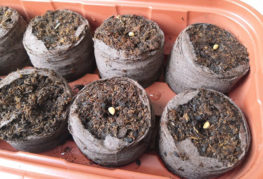


and will be published shortly.